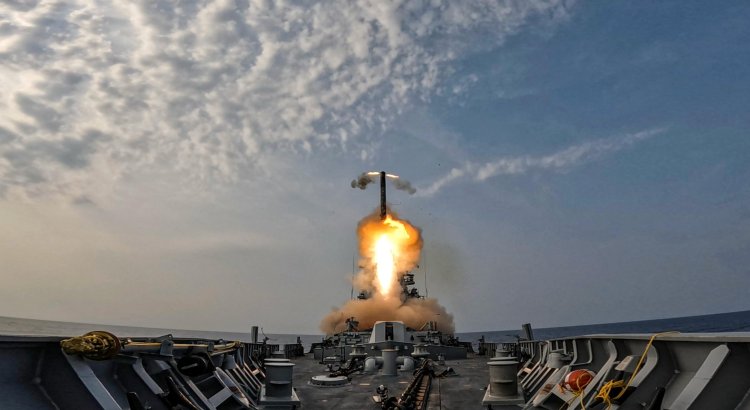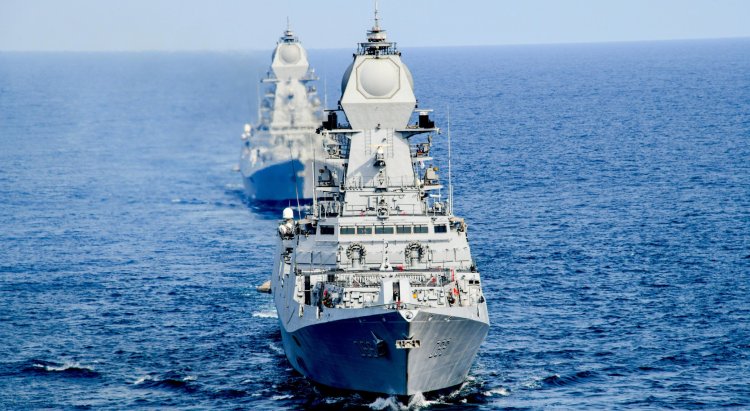After Pahalgam Attack, Indian Navy Leads Strategic Deterrence in Arabian Sea
Within 96 hours of the Pahalgam attack, the Indian Navy validated combat readiness with targeted sea drills.

IMP - HIGHLIGHTS
- Indian Navy achieves full deployment within 96 hours post-terror attack.
- Weapon firings and war readiness revalidated across platforms.
- Pakistan’s navy and air force forced into harbour amid Indian deterrence.
- Synchronised tri-service military posture restricts Pakistani escalation.
- Ceasefire request made by Pakistan under Indian strategic pressure.
- Indian Navy remains vigilant at sea to counter any future provocation.
India Responds with Speed and Strength to Pahalgam Terror Attack
New Delhi - In a powerful and calibrated military response following the cowardly terrorist attack on Indian civilians in Pahalgam on April 22, 2025, the Indian Navy swung into full combat deployment within hours. The attack, widely attributed to Pakistan-sponsored terrorist groups, triggered a rapid, joint operational execution across all three services.
Navy's Combat-Ready Posture Initiated Within 96 Hours
By April 26, less than 96 hours after the Pahalgam massacre, the Indian Navy had conducted extensive weapon firings in the Arabian Sea, refining combat tactics and validating the readiness of its Carrier Battle Group, submarines, and aviation assets. The operations reasserted the Navy’s ability to deliver precise ordnance on selected targets, demonstrating unambiguous preparedness.

Pakistan’s Forces Forced into Harbour Under Indian Pressure
The Navy maintained a forward-deployed deterrent posture in the Northern Arabian Sea, placing Pakistani naval and air assets on the defensive, either confined to harbours or hugging their coastline. This deployment denied Pakistan any maritime initiative and shifted the strategic advantage firmly in India’s favour.
Joint Force Synchronisation with Army and Air Force
The application of force was not isolated. The Indian Navy’s actions were synchronized with kinetic operations by the Indian Army and the Indian Air Force, forming a unified strategic posture. The tri-services coordination ensured escalation control while conveying India's intent and operational superiority.
Pakistan Seeks Ceasefire Under Operational Pressure
Under the weight of this tri-service deterrent, and especially the Indian Navy's overwhelming edge at sea, Pakistan was compelled to request a ceasefire on May 10. Sources in South Block confirm that this request followed multiple failed attempts by Pakistan to push the Line of Control envelope under air and naval pressure.
Navy Continues to Maintain Dominant Deterrence at Sea
Despite the ceasefire talks, the Indian Navy remains actively deployed in a credible maritime deterrence posture, fully ready to strike in case of any further provocation—either from Pakistan’s regular forces or terror proxies. The Navy’s ongoing presence underscores India’s new strategic doctrine: rapid force projection backed by integrated tri-service firepower.

 Pramod
Pramod 










